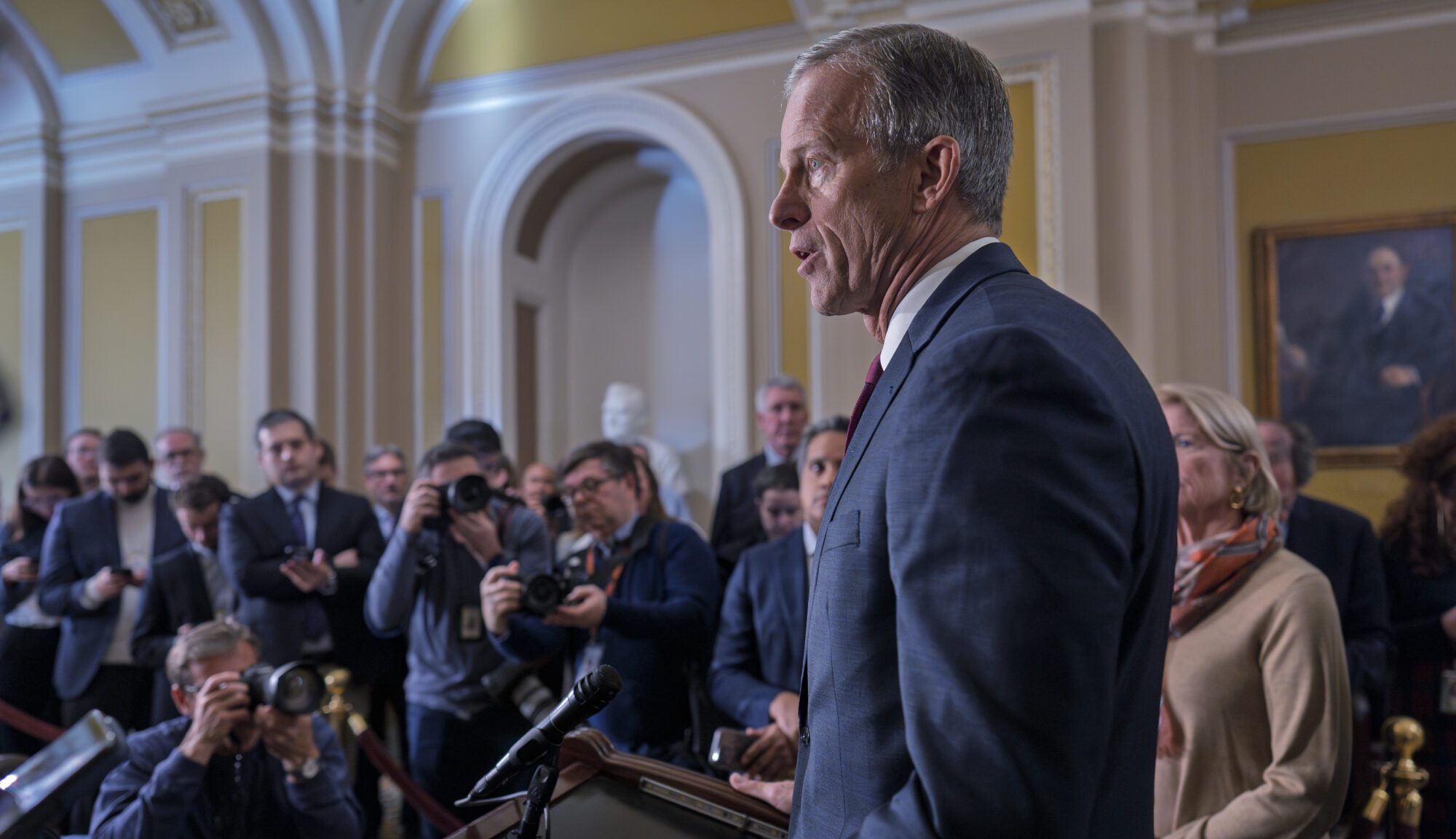
Studio portrait of Sid Salter. (photo by Beth Wynn / © Mississippi State University)
By: Sid Salter
Like everything else in 2020, the election cycle seems to have been going on for WAY too long. In less than two weeks, the never-ending campaign will have ended.
The bitterness, rancor, and division in the country may not end on Nov. 3, but hopefully, the election itself will be behind us. That, of course, assumes no recounts or other electoral funny business. But one gets the sense that the traditional “orderly transfer of power” after the election may be the source of some held breaths and whispered prayers.
Vote for whomever you please. That decision is between you and your conscience. But here are some observations about the upcoming elections in the Magnolia State. In my lifetime, political passions have likely never been higher or more deeply divided than in this election. On both sides, there is genuine anger and mistrust.
The polls and prognosticators give Democratic challenger and former Vice President Joe Biden a solid lead of slightly more than nine percentage points over incumbent Republican President Donald Trump in the national polls. Ironically, those same polls and prognosticators gave Democratic nominee Hillary Clinton a similar projected national lead over Trump in 2016.
Regardless, Trump won the White House despite those predictions. Mississippi gave him one of his largest state percentage majorities.
Since 1996, Mississippi has voted Republican in presidential politics by an average of 55.6 percent and Democratic by an average 42.2 percent — with the rest of the vote scattered among third party or independent candidates.
From 1972 to the present, the only Democrat to carry Mississippi in a presidential general election was fellow Southerner Jimmy Carter in 1976.
Trump in 2016 carried the state with 57.86 percent of the vote to 40.06 percent for Clinton. State voter turnout in 2016 was 1.211 million. Remember that number. In 2008, 1.7 million Mississippians voted. In 2012, some 1.2 million Mississippians voted.
In 2012, GOP nominee Mitt Romney won about 710,746 votes. In 2008, the GOP’s John McCain won 725,000. President Barack Obama’s total fell to 562,949, down 30,000 votes from 2008 to 2012.
Obama won 43.7 percent of the 2012 vote in Mississippi – the second-best performance of any Democrat in the last nine election cycles. The only instance better was the 44.1 percent of Mississippi ballots that Bill Clinton garnered in his 1996 re-election win.
Against that presidential election backdrop, Mississippi’s 2020 U.S. Senate race suggests some exciting and challenging questions. The numbers indicate that regardless of Trump’s national outcome, Mississippi is likely to again produce a majority vote for him as the GOP nominee.
If that occurs, then-Democratic U.S. Senate challenger Mike Espy’s chances will hinge on attracting substantial crossover votes – Republican presidential voters who will vote to unseat a Republican senator and replace her with a Democrat.
State voters saw this race in 2018, when incumbent Republican U.S. Sen. Hyde-Smith defeated Espy by almost 66,000 votes, 53.6 percent to 46.4 percent. In that race, Espy outraised and outspent Hyde-Smith. Espy spent $6.97 million to Hyde-Smith’s $5.16 million. There was another $10.3 million in outside money spent in that race.
Voters will recall that in their 2018 special election runoff, outside spending attack ads from both camps painted Hyde-Smith as an insensitive racist and Espy as a crooked public official for hire.
Throughout a prior 18-year career in Mississippi politics, Hyde-Smith never faced allegations of that nature. Espy was cleared of all criminal charges against him more than 20 years ago and has enjoyed a successful law practice since that time.
Given those facts, it would seem the most relevant issues in the Senate race are Hyde-Smith’s 2.5 years of seniority and her seats on the Senate Appropriations and Agriculture committees – and the question of which party controls the U.S. Senate after the election.









